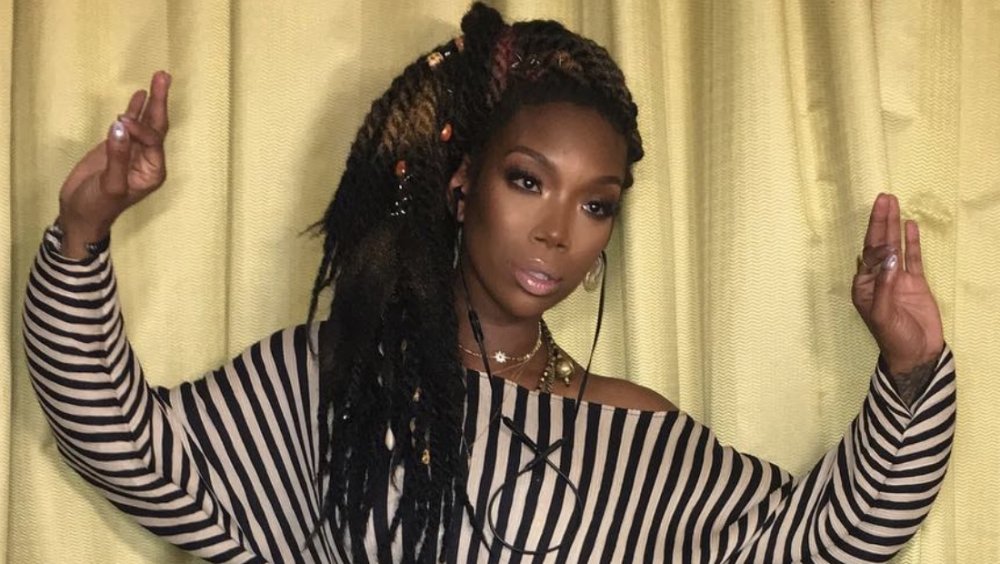The Real Difference Between Havana Twists And Marley Twists
Protective styles are perfect all year-round. They allow your natural hair to flourish, while being able to have flexibility to do fun looks outside of wigs and weaves. Twists, in particular, can be a great way to change up your look if you're not ready to commit to braided styles or dreadlocks. They are also great if you're a first timer to protective styling. Master stylist Mo G. Taylor told Bustle that twists "age more gracefully than braids," because the roots of your hair blend in well with the added hair.
Jhene Aiko, Keke Palmer, Solange Knowles, Ciara, and Brandy Norwood are just some of the big names in Hollywood who have absolutely rocked twists.
The two most basic twist techniques are Havana and Marley twists. The styles are very similar in looks and versatility, and oftentimes they're confused for one another. But the technique to install them, the texture of the style, and the cost to your wallet vary greatly between Havana and Marley twists. Understanding the difference between the two will make a smoother trip to the beauty supply store before getting your hair done.
When it comes to Havana twists and Marley twists, size matters
The simple difference between Havana and Marley twists is the size. Havana twists tend to be larger in diameter compared to Marley twists. The reason is because the style only requires two strands of hair and the looser they are twisted, the fuller the style appears, according to Naturally Curly. Since Havana twists are larger in size, there will be fewer parts in total on your head. It's a bonus if you are tender headed and want to spend less time in the stylist's chair. Shades Of Being Me notes that one Havana twist is as large as two or three Marley twists.
Marley twists are much smaller in comparison and therefore allow you to manipulate the hair in more diverse styles such as a topknot, half up and half down hairstyle, and playing around with hair clips. Regardless of the style you choose, remember to keep it loose because twists are not as durable as box braids or dreadlocks.
Hair texture and cost vary with Marley and Havana twists
Marley twists are named because the thick coarse hair required for the style results in a look that resembles dreadlocks, like those notoriously worn by the late Jamaican singer Bob Marley, Beautified Designs said. The kanekalon hair that is used for the style is the most similar to an afro texture. They are a great option for those who want to test out what you would look like with dreadlocks, but you aren't ready to commit to the process. The cost of the hair is typically $5-$6 per pack, according to Byrdie, making it the cheaper styling option.
Havana hair is even more coarse than Marley hair. It needs to be so that the hair fibers bond while being thicker in diameter. This hair typically costs $13 per pack, according to Byrdie. It's certainly more of an investment. As a result, people often choose to go with Marley twists if they are a first-timer to twists.


